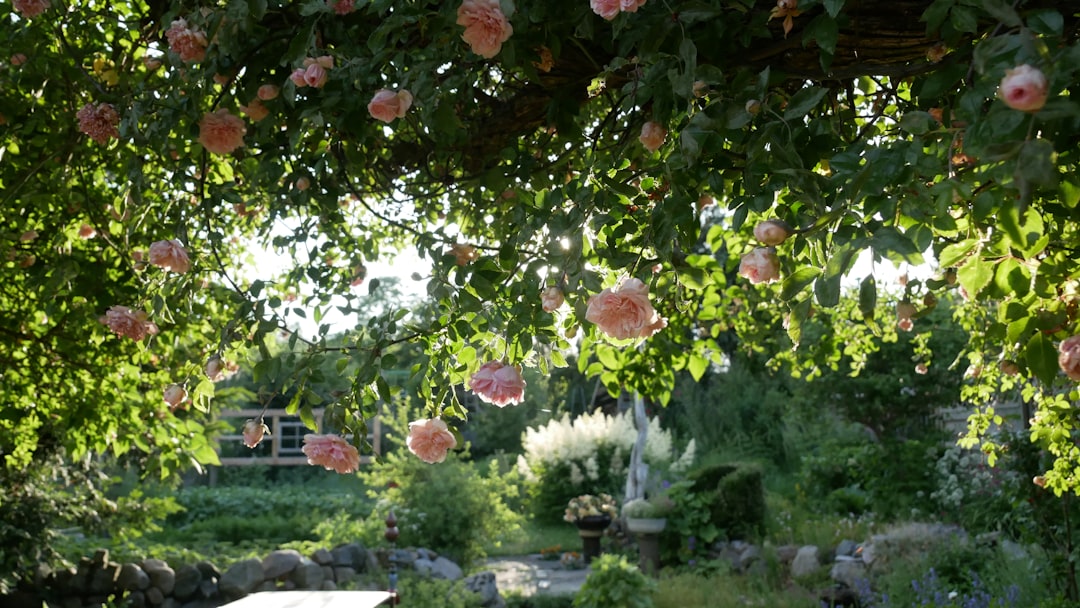As the weather begins to cool and the days grow shorter, many gardeners may think it’s time to pack up their gardening tools and wait until spring to plant again. But fall is actually a great time to plan and plant a vegetable garden that can thrive in the cooler temperatures.
Planning a fall vegetable garden requires some forethought and preparation, but the rewards are well worth the effort. With a little bit of planning and creativity, you can enjoy a bountiful harvest of fresh, home-grown vegetables well into the fall and even winter months.
The first step in planning a fall vegetable garden is to choose the right location. Select a spot in your yard that receives at least six hours of sunlight per day, as most vegetables require plenty of sunlight to grow and thrive. Make sure the soil is well-draining and rich in organic matter, as this will help promote healthy plant growth.
Once you have chosen a location for your fall vegetable garden, it’s time to decide which vegetables you want to plant. Some popular fall vegetables include broccoli, cauliflower, cabbage, kale, Brussels sprouts, carrots, radishes, beets, and lettuce. These vegetables are hardy and can withstand cooler temperatures, making them ideal for fall planting.
When deciding which vegetables to plant, consider the climate in your area and the time it takes for each vegetable to mature. Some vegetables, like radishes and lettuce, can be planted as late as September and still have time to mature before the first frost. Others, like Brussels sprouts and cabbage, should be planted earlier in the summer to allow for sufficient growth before the colder weather sets in.
Once you have chosen which vegetables to plant, it’s time to prepare the soil. Start by removing any weeds or debris from the garden bed and then loosen the soil with a shovel or garden fork. Add compost or organic matter to the soil to improve its fertility and structure, as this will help promote healthy plant growth and a bountiful harvest.
After preparing the soil, it’s time to plant your fall vegetables. Start by sowing seeds or planting seedlings according to the instructions on the seed packet or plant tag. Make sure to water the garden bed thoroughly after planting to help the seeds germinate and the seedlings establish themselves.
To ensure a successful fall vegetable garden, it’s important to continue to care for your plants throughout the growing season. Regularly water the garden bed, especially during dry periods, to ensure the plants receive enough moisture to thrive. Mulch the garden bed with straw or shredded leaves to help retain soil moisture and suppress weeds.
As the vegetables grow, be on the lookout for pests and diseases that may affect your plants. Keep an eye out for common garden pests like aphids, caterpillars, and slugs, and take appropriate measures to control them before they can cause significant damage to your plants. If you notice any signs of disease, such as yellowing leaves or moldy growth, remove the affected plants and dispose of them properly to prevent the spread of disease to healthy plants.
With a little bit of planning and effort, you can enjoy a bountiful harvest of fresh, home-grown vegetables well into the fall and even winter months. By choosing the right location, selecting the right vegetables, preparing the soil, and caring for your plants throughout the growing season, you can create a successful fall vegetable garden that will reward you with delicious and nutritious produce for months to come. So roll up your sleeves, grab your gardening tools, and start planning and planting your fall vegetable garden today!

